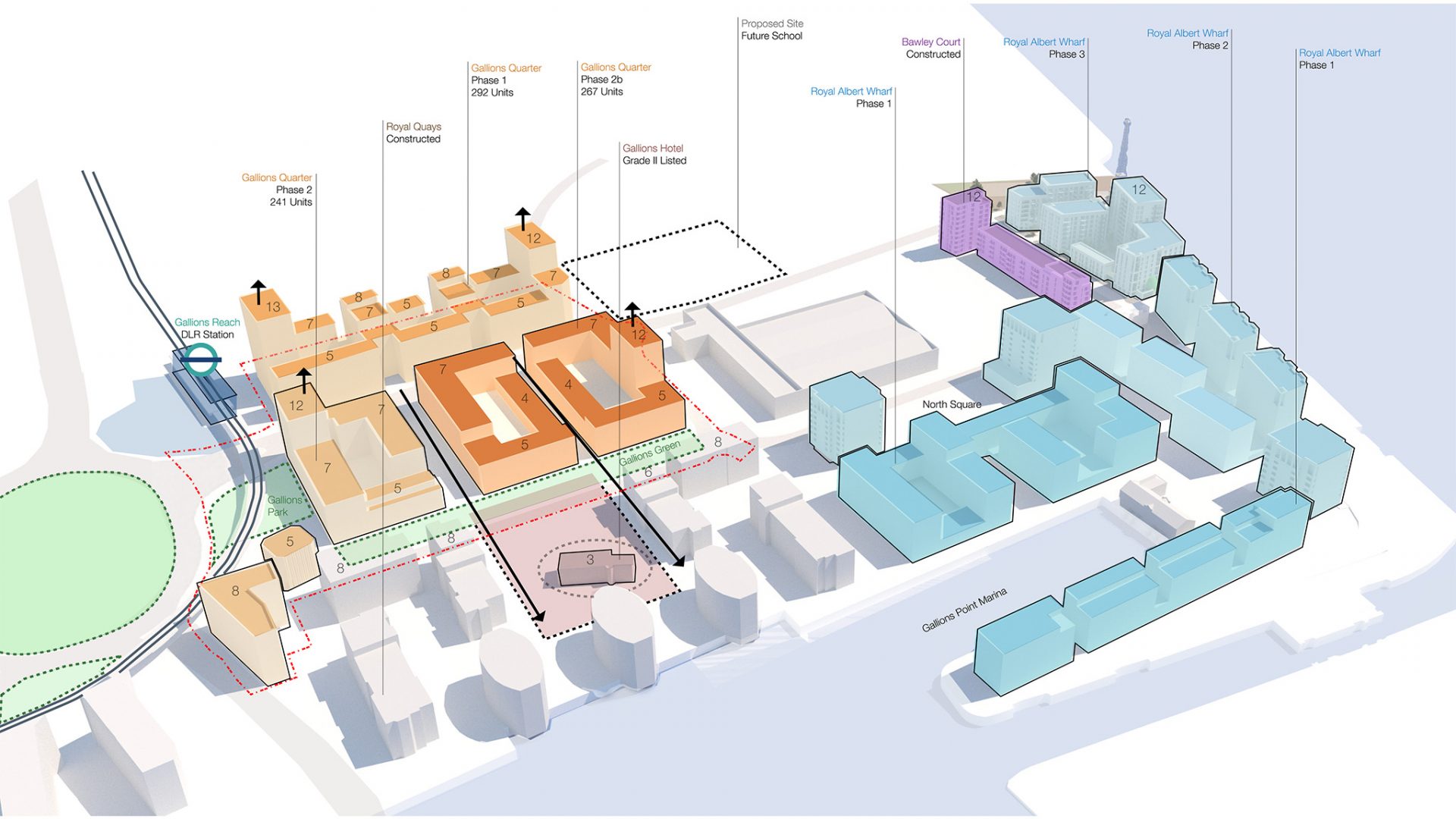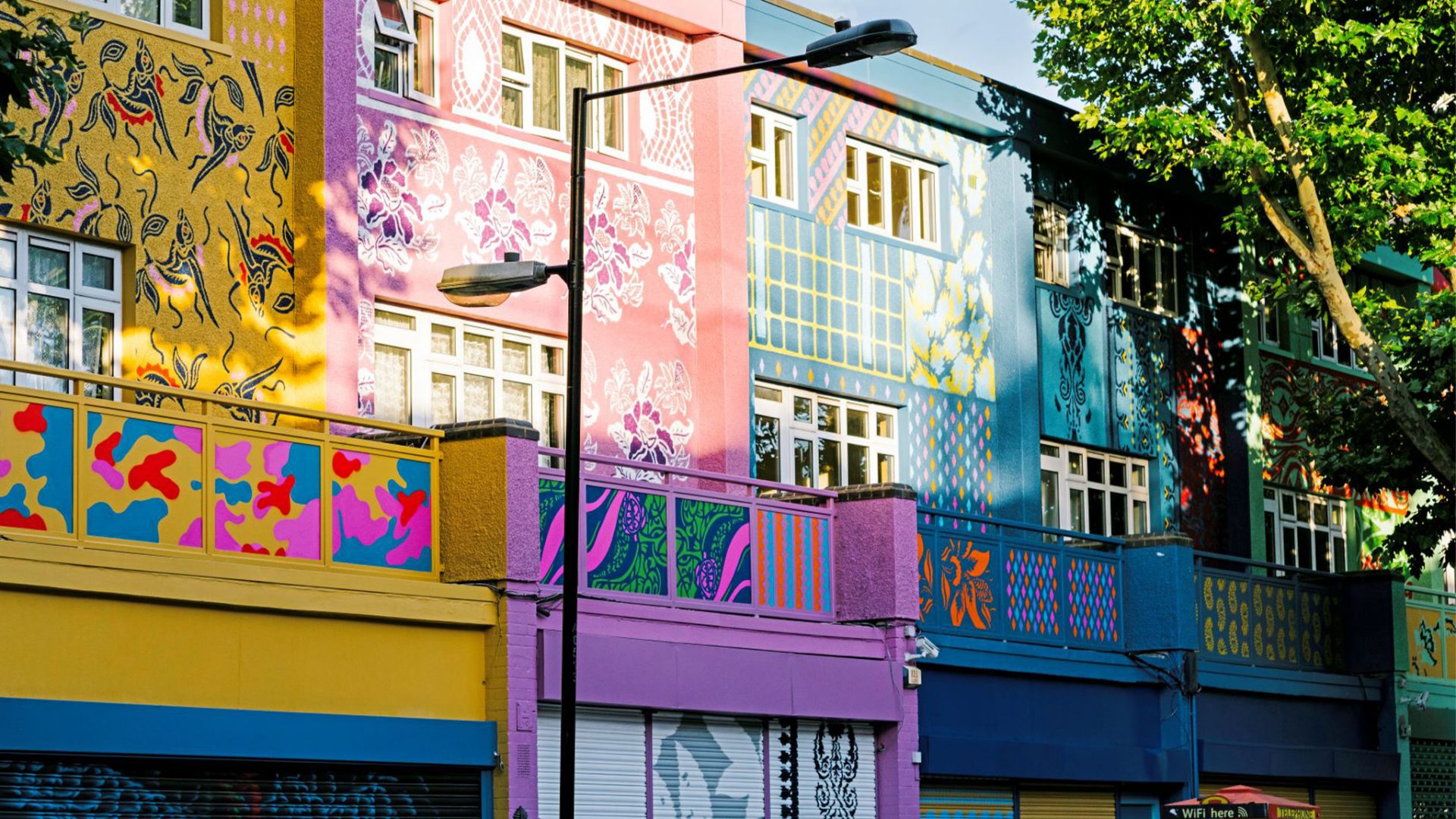- In this essay, Jamie Sherman, Partner at Kingston Smith, shares his memories of the 2018 London Festival of Architecture. Kingston Smith is a Benefactor of the LFA.
So it turns out architects have more fun than I realised! When Kingston Smith agreed to be a benefactor of the London Festival of Architecture (LFA) for the first time, most of our architects’ team thought we would be attending events to gain some useful insight into the current landscape of London architecture – and meet some new, friendly faces in the process. While the festival did achieve this (and hi to all of you that I met during the festival), we also found that we were having lots of fun attending the diverse range of events. From open studios showcasing some fantastic projects, to lectures about architects’ inspiration for certain designs (including architectural greats Sou Fujimoto and Mary Duggan), the festival certainly did not disappoint.
I think it is fair to say that creative architecture remains at the heart of the capital.
It all started for us with a whistle-stop visit to the open studio of David Morley Architects. By introducing us to some of their projects, including the Sports Hub in Warwick and the Nursery Pavilion at Lords, David Morley provided a fascinating insight into the challenges they faced with the designs. David’s passion was clear to see and it was great to hear first-hand how such high-class facilities were designed. Thanks to the team at David Morley Architects for a cracking start!
“We loved the opportunity to host so many clients, consultants and members of the public to show them what we are up to and how we have addressed the theme of this year’s London Festival of Architecture – ‘identity’. In my view it has to begin with people and that’s something all our projects address. It is also about context, both historical and physical and this is so important to London, where the character of an amalgamation of distinct villages is increasingly under threat. In our exhibition we have shown how projects emerge from an initial sketch to a completed project to make a human impact, each with an identity generated by the people they serve, their historical, physical and cultural context.” – David Morley
Next stop: the LFA opening party at the newly opened Fen Court building. Well,what a view! The rooftop garden offers stunning views over London and I have to say the design is quite spectacular! Hats off to Eric Parry Architects for the brilliant, unique design and a truly inspiring open rooftop garden space in the heart of the City. Make sure you pay it a visit to see the fantastic views of London.
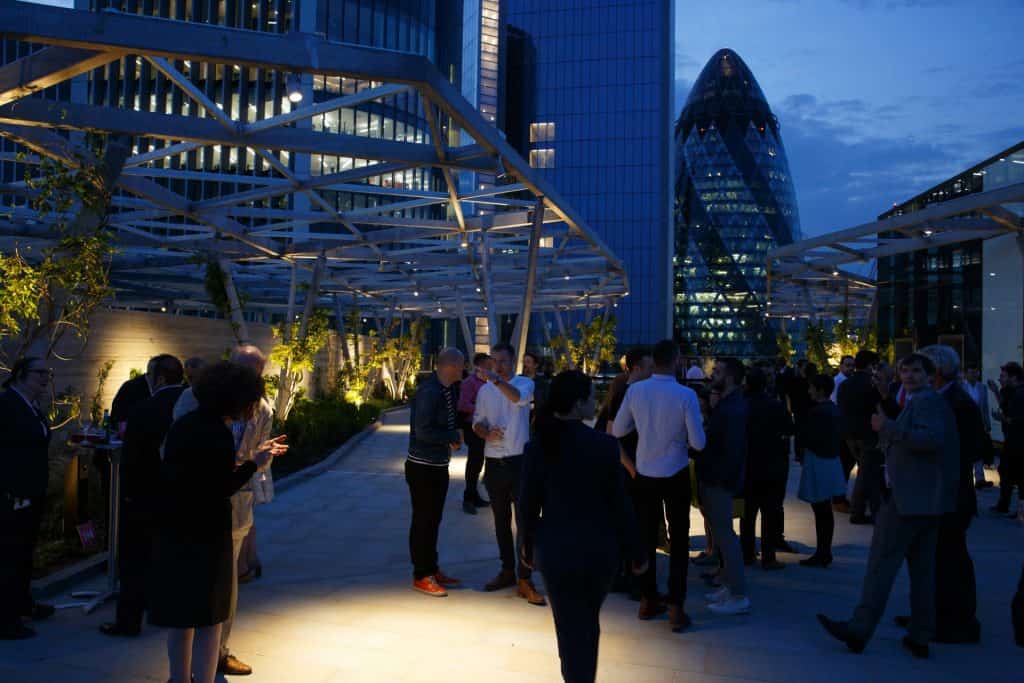
Image credit: Luke O’Donovan Photography
Perhaps the most impactful story I heard at the LFA was that of Mary Duggan. Mary is a hugely successful architect and she shared details with us of some of the marvellous projects that she has been involved in over the years, both while part of Duggan Morris Architects and more recently with her own practice, Mary Duggan Architects. While the stories behind the design were insightful and interesting, it was Mary’s journey through architecture that really inspired the audience (well certainly me).
Mary described how the partnership she had helped build over the years had become a sizeable business and, while most would relish such growth, Mary had missed the day-to-day work as a project architect. She told us how she had longed to return to her passion of design and project architecture, and how this longing led her to found her own, new practice, to free her up to focus on project work. This is a story that no doubt reverberates throughout the industry. Getting bogged down in practice management issues, be it HR or finance for example, can drain valuable time and stifle creativity. Such talent should never be curtailed in such a creative industry (or any industry for that matter). This is a prime example of how business owners may be better served “doing the knitting” and leaving the running of the business to others.
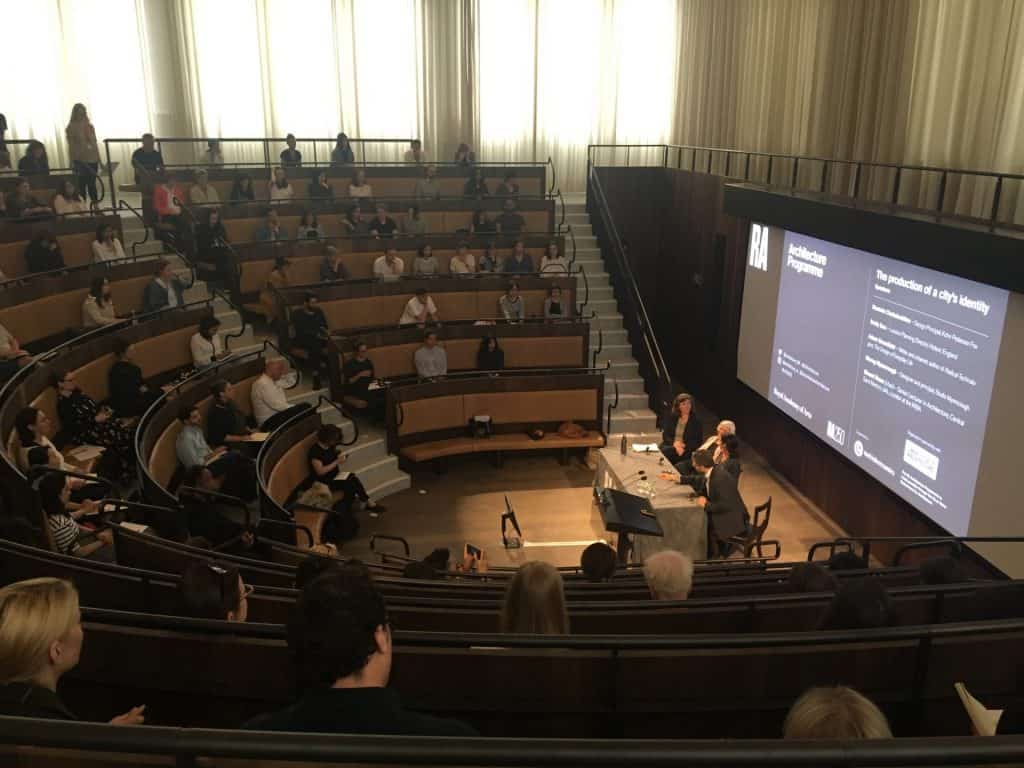
The final curtain was drawn on the LFA with the Patrons Dinner. I have to say it was a first for me to enjoy a black-tie dinner with 150 people delivered on a live construction site! A remarkable achievement from the team, particularly considering the lack of fixed electrics and air conditioning (in the midst of a UK heatwave). While the views were not quite as breath-taking as those at the opening party, it was clear to see that the building design was intended to be inclusive for all, with a large atrium spanning several floors. I hear that Mimecast has taken over one third of the space already and this promises to be an exciting building with a mix of office accommodation and retail space in the heart of Broadgate. All in all, the LFA was creative, inspiring, eye-opening – and more fun that I’d expected!
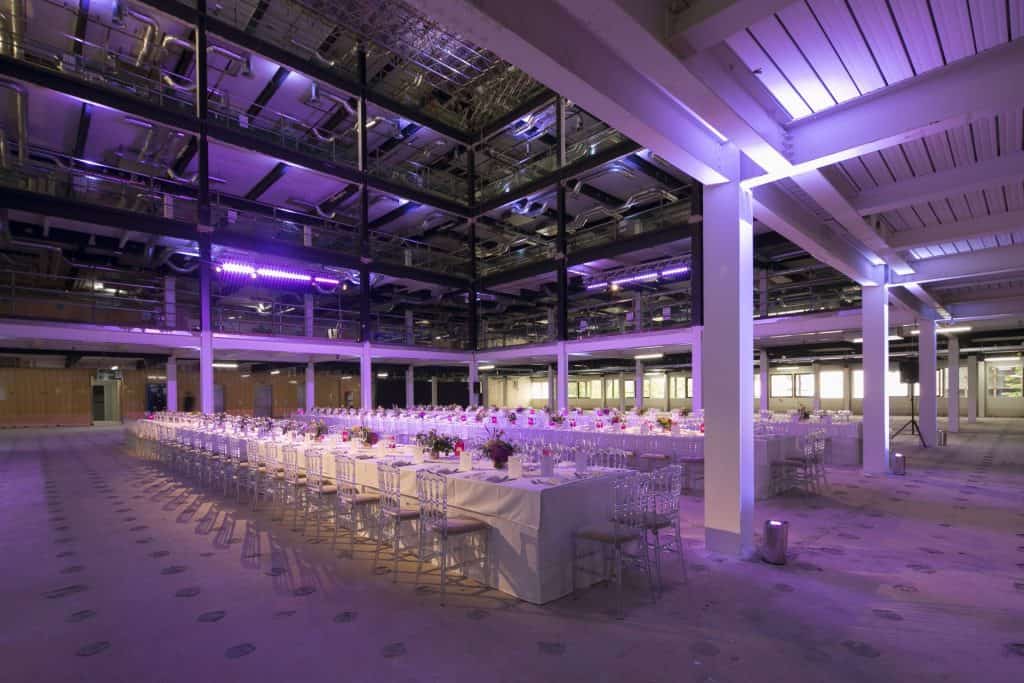
Image Credit: Agnese Sanvito
Fast-forward a couple of months and the 2019 theme has been launched. “Boundaries” is an excellent theme with many facets and, judging from the conversations I had at the launch event, will lead to a diverse range of events and exhibitions. It is certainly a topical issue for 2019 with Brexit around the corner and the boundaries this may create; let’s hope it does not stifle the thriving creativity currently seen in the sector.
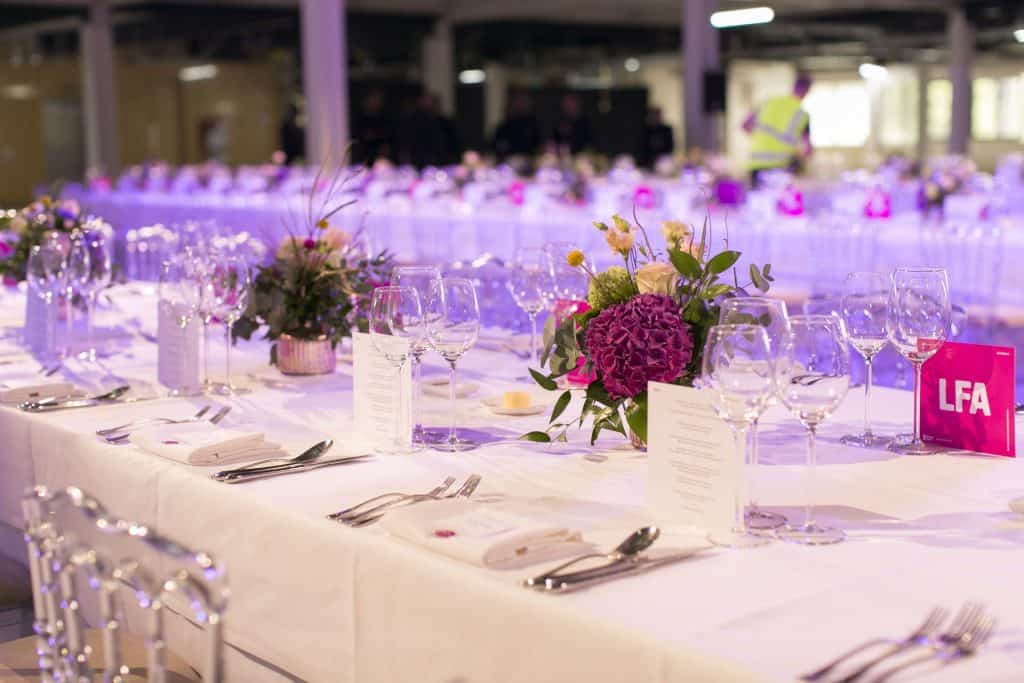
Image Credit: Agnese Sanvito
I’d be interested to hear your views, so do get in touch with any comments – or just to say hello back. Here’s to next year’s event and the LFA once again breaking “boundaries” to achieve an even better festival!




